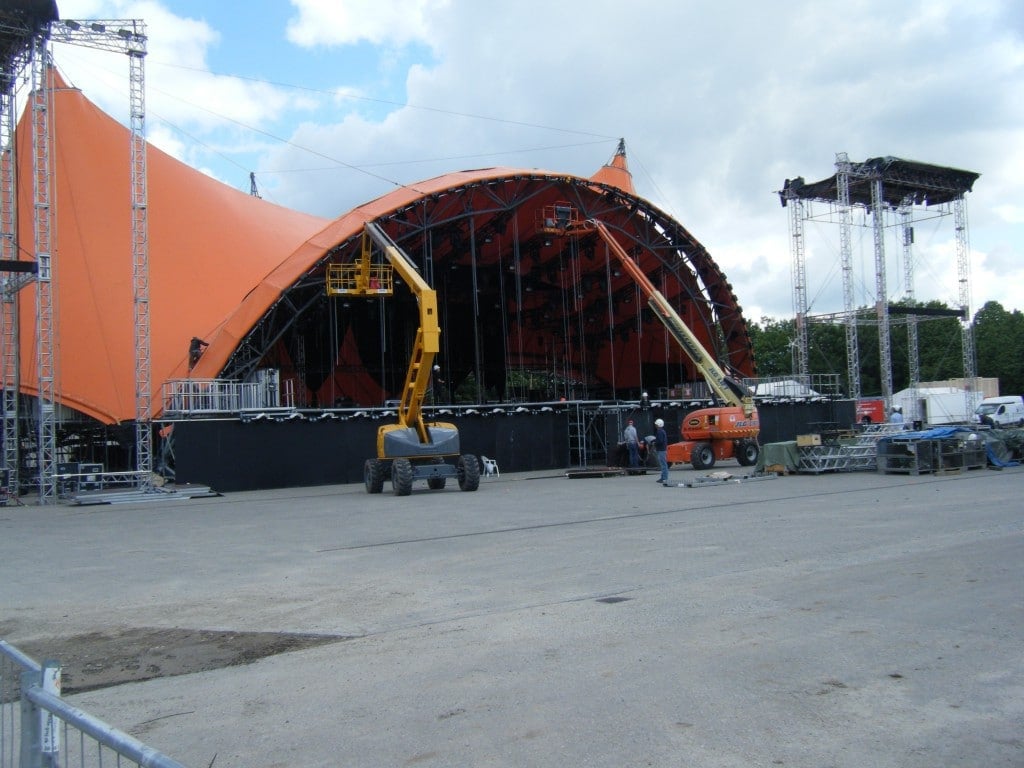Ole is the founder of System Audio. His 3 greatest passions are music, design and technology. Every day, Ole is working on some kind of projects, and you find him in the workshop, in the production, behind a computer or on one of his many presentations around the world.

